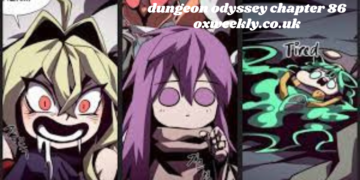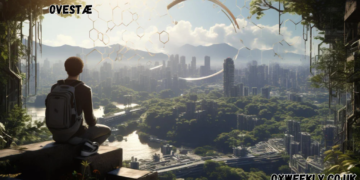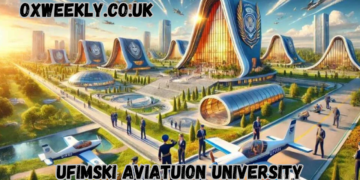Introduction
Robert Jordan created the expansive and complex world of The Wheel of Time, which is full of many themes, plots, and characters that flow together harmoniously. The significance of lumber, the role of poachers, and Elayne Trakand’s personality all make for an engaging connection among the universe’s many intriguing elements. Despite their apparent disconnection, these components are integral to the overall story, impacting global politics, the environment, and power structures. This article explores their relationship in depth, revealing their significance and influence within The Wheel of Time series.
Poachers in The Wheel of Time: A Threat to Nature and Civilization
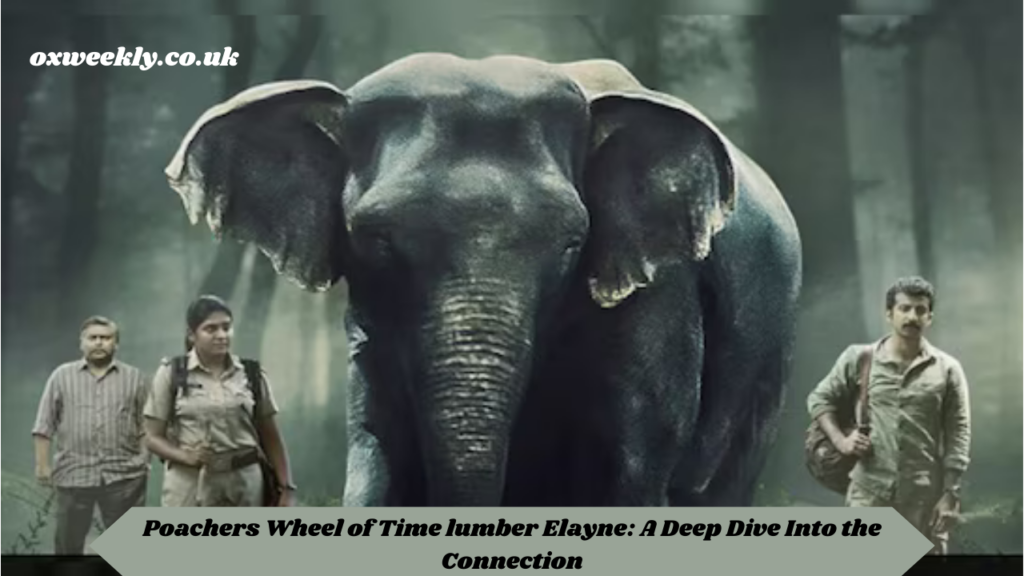
In The Wheel of Time, poaching is more than simply unlawful hunting; it’s a larger issue of exploitation and devastation. The series’ setting, especially Andor and the Borderlands, highlights the conflict between preserving equilibrium and dealing with those who take advantage of resources for their own benefit. Whether they hunt for food, money, or power, poachers upend the natural order and represent the destructive power of greed.
Poachers are shown throughout the series as a danger to both wildlife and the places they live on. They frequently operate in anarchic regions with shaky order, defy local leaders, and avoid the law. The wider topic of humanity’s effort to respect nature and the effects of overexploitation is reflected in their presence.
The Importance of Lumber: More Than Just Timber
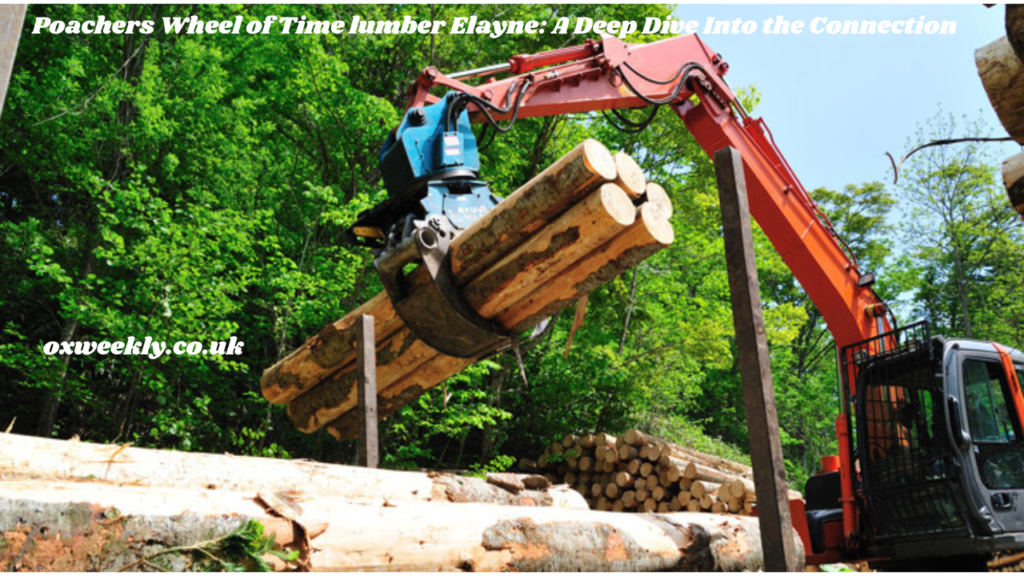
Building, commerce, and warfare all depend on lumber, which is a valuable resource in The Wheel of Time. With various regions depending on their timber reserves for economic growth, the significance of forests is demonstrated throughout the series. The environment is at risk from excessive lumbering, though, as it can result in deforestation, which impacts both the natural world and the livelihoods of those who rely on these forests.
Lumber is often tied to political and economic struggles in The Wheel of Time. Powerful rulers, including Elayne Trakand, must consider how to manage these resources while preventing exploitation. The balance between economic progress and environmental preservation is a recurring challenge, mirroring real-world concerns about sustainability.
Elayne Trakand: A Queen’s Struggle for Balance
Among the major characters in The Wheel of Time, Elayne Trakand is instrumental in preserving Andor’s peace. Being a king, she has to manage resources like lumber and solve problems caused by poachers among other difficulties. Efforts to impose justice, control the use of natural resources, and guarantee that Andor prospers without descending into disaster define her rule.
Throughout the series, Elayne demonstrates her strategic thinking by navigating political intrigue, forming alliances, and handling economic issues. Her policies regarding lumber and poaching reflect her vision for Andor—a kingdom that thrives while maintaining harmony with its environment.
The Connection Between Poachers, Lumber, and Elayne
The connection between poachers, lumber, and Elayne lies in the delicate balance of power, nature, and governance. Poachers represent lawlessness and exploitation, challenging the stability of regions that rely on forests for economic sustenance. The demand for lumber fuels economic growth but also invites reckless destruction if left unchecked. As a ruler, Elayne must find solutions to these problems, ensuring that Andor remains strong without succumbing to the greed that threatens its future.
Her efforts to regulate resource management, combat illegal activities, and maintain a fair economy reflect her leadership qualities. The struggles she faces in dealing with these issues mirror larger themes in The Wheel of Time, where balance is key to survival and prosperity.
Thematic Significance: A Reflection of Real-World Issues

The exploration of poaching, lumber, and leadership in The Wheel of Time echoes real-world concerns about environmental conservation, political governance, and economic sustainability. Jordan’s depiction of these elements highlights the challenges leaders face when trying to balance growth with preservation.
Elayne’s challenges might be in many respects interpreted as a parable for contemporary environmental policy. Elayne has to put plans in place to safeguard Andor’s resources while guaranteeing its prosperity, just as actual governments have to deal with illicit acts as deforestation and poaching. This portion of The Wheel of Time is especially pertinent as the conflict between short-term benefits and long-term sustainability is an ageless one.
Conclusion
Poachers, lumber, and Elayne Trakand’s rule in The Wheel of Time provide complexity to the story by highlighting the difficulties of leadership, environmental issues, and financial hardships. These components are not only background information; they are really important in forming the world and its people. Elayne is among the most interesting characters in the story as she can negotiate these obstacles, therefore displaying her leadership power.
Robert Jordan masterfully weaves these themes into the narrative, making The Wheel of Time a rich and immersive experience. By examining the connection between poachers, lumber, and Elayne, we gain a deeper understanding of the intricacies of the world he created and the timeless lessons embedded within its story.
Also Read: Buy Citra 100mg for Early Recovery from Pain









